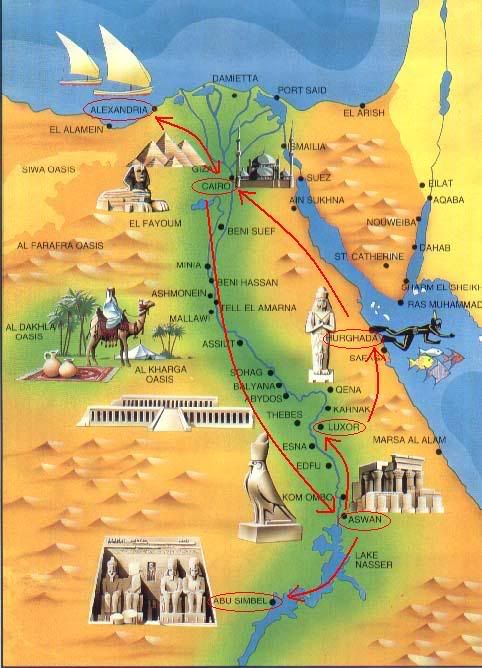
Sharm El Sheikh: ‘the City of Peace’
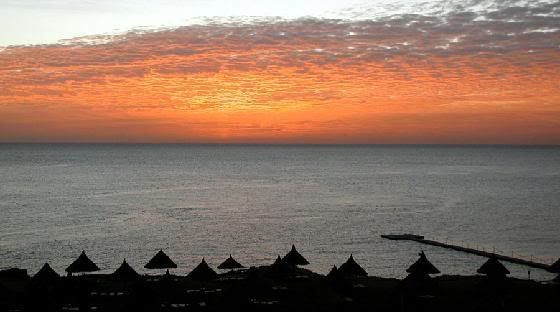
SHARM EL SHEISH .
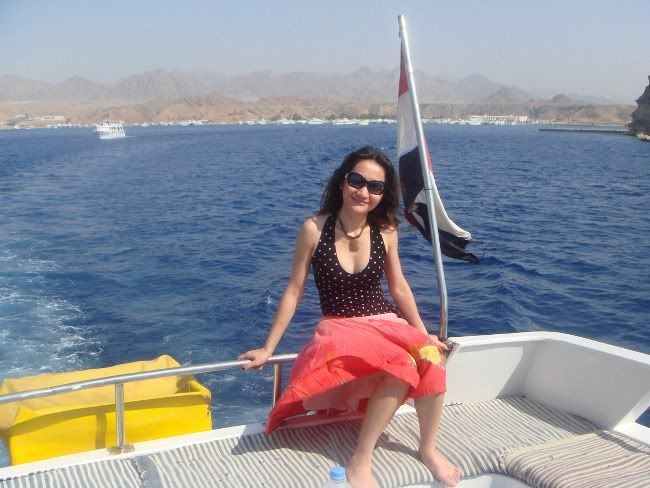
Also known simply as ‘Sharm’, it is the last piece to complete Egypt’s jigsaw as one of the leading tourist destinations in the world. History buffs and pilgrims flock to the rest of the country for its Pharaonic and spiritual allure, while Sharm attracts those looking for drastic landscapes, outdoor activities and parties.
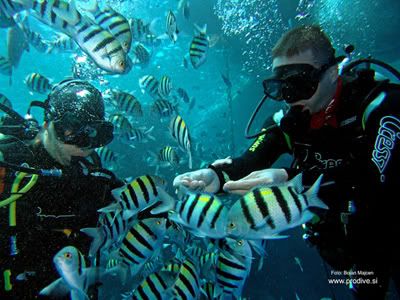 The region of Sharm consists of a series of bays filled with gorgeous coral reefs along the eastern shore of the southern tip of the Sinai Peninsula. It is ensconced in ridges and valleys of dark coloured sands once inhabited by ancient nomads and shepherds. Today Sharm is a carnival for European vacationers – particularly Italians and Russians – who want all the amenities and seaside diversions without the high price of European equivalents. Sharm is also considered one of the top three underwater diving locations in the world, rippling with the dramatic designs of vivid sea creatures.
The region of Sharm consists of a series of bays filled with gorgeous coral reefs along the eastern shore of the southern tip of the Sinai Peninsula. It is ensconced in ridges and valleys of dark coloured sands once inhabited by ancient nomads and shepherds. Today Sharm is a carnival for European vacationers – particularly Italians and Russians – who want all the amenities and seaside diversions without the high price of European equivalents. Sharm is also considered one of the top three underwater diving locations in the world, rippling with the dramatic designs of vivid sea creatures.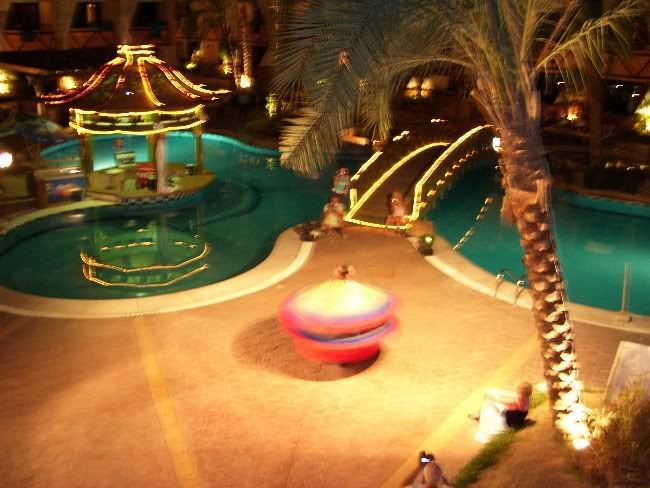
The central area of Sharm is Naama Bay, comprising strips of restaurants, hotels, clubs, casinos and shops. Most of the hotels have private beaches overlooking the purple and blue waters of the Red Sea. Speedboats zip around the shoreline all day. Tourist booths offering an array of activities dot along the main area of the bay and five- and-six-star hotels stretch around the curves of rock above the sea.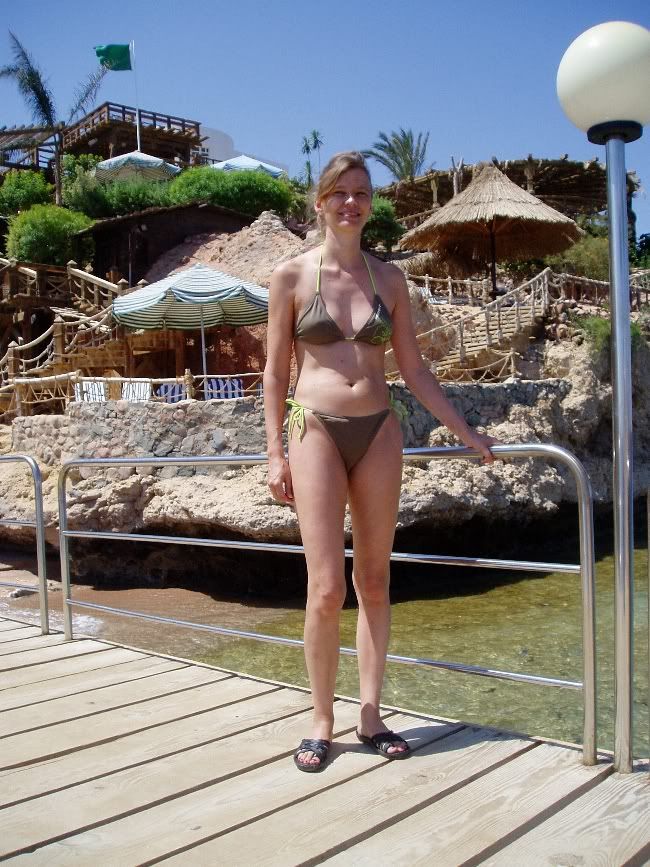
The Sharm el-Maya section has more of a conservative mainland Egypt feel than Naama, and offers cheaper accommodations. It has a few good shops and restaurants and tends to attract the thrifty backpackers trekking through town. However, all the action is back in the lights and sounds of the Naama Bay strips. The locals can be a bit pushy about selling you things, but for the most part Egyptians are extremely warm and welcoming. Sharm is a pure resort site, and whatever it lacks in culture, it certainly makes for in its wealth of recreational activities and natural sites on land and water.
Local history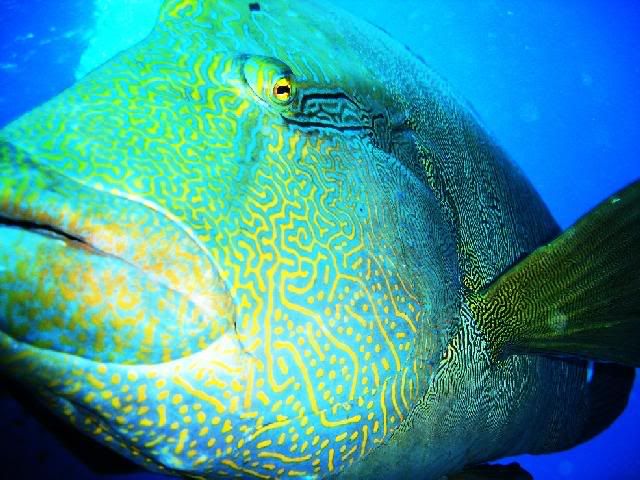

In the 1980s Sharm was a virtually unknown and undeveloped beach town, but it has since burgeoned into a manicured resort. New construction is ongoing, much of which produces strips of hotels, shops and restaurants. Efforts in the last decade have worked to preserve the natural environment filled with colourful reef and fish, but many believe the massive development has destroyed much of this already.
Local politics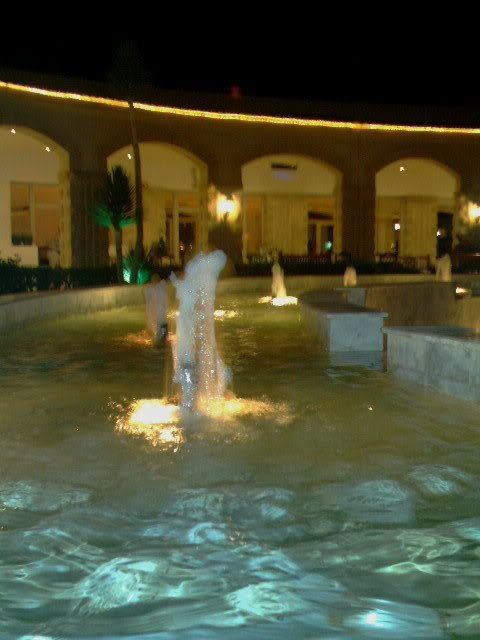
In July 2005 Sharm fell victim to a terrorist bombing, but this has not deterred too many visitors and the town rebounded completely in a couple months. The government stepped up security as a result, increasing the number of police officers and checkpoints. Less than a year later, Sharm hosted the World Economic Forum, which filled the town with some of the most important leaders in the world.
Harassed and teeming Mother of the World
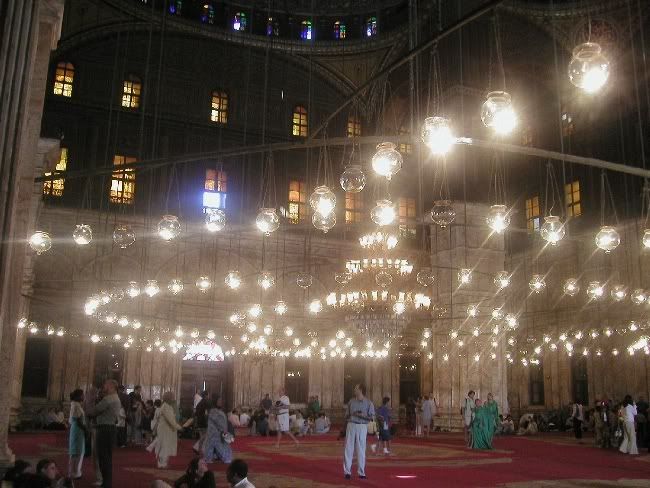
Rarely is a country so completely dominated by a single city. In Egypt, politics, finance, media and popular culture practically do not exist beyond the boundaries of Cairo. Tellingly, in the Egyptian language, the word for Cairo and for Egypt is one and the same: Masr. There is also an alternative and equally telling name for the city, which is Umm al-Dunya or ‘Mother of the World’.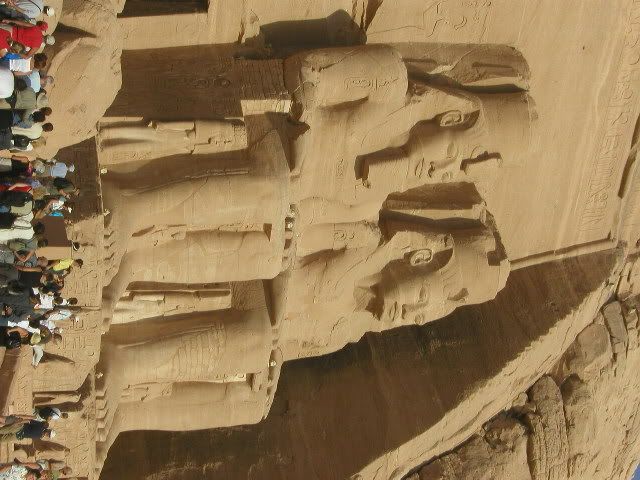

Show / hide more information
A 1956 revolution saw Gamal Abdel Nasser become the first president of the Arab Republic of Egypt, and Cairo become capital of the entire Arab-speaking world. It is a role that the city maintains today. A Middle Eastern Washington, New York and Hollywood rolled into one, Cairo is the region’s elder statesman. Its recording artists are on permanent rotation from Beirut to Casablanca, from the Edgware Road to Brooklyn; the city’s streets and buildings are familiar to millions of Arab speakers from the films produced here. Thanks to Cairo’s position on the African continent, Eritreans, Ethiopians, Liberians, Tanzanians and Sudanese come here as students, as economic migrants, or fleeing internecine wars, making the Egyptian capital the ultimate ‘bright lights, big city’ experience.
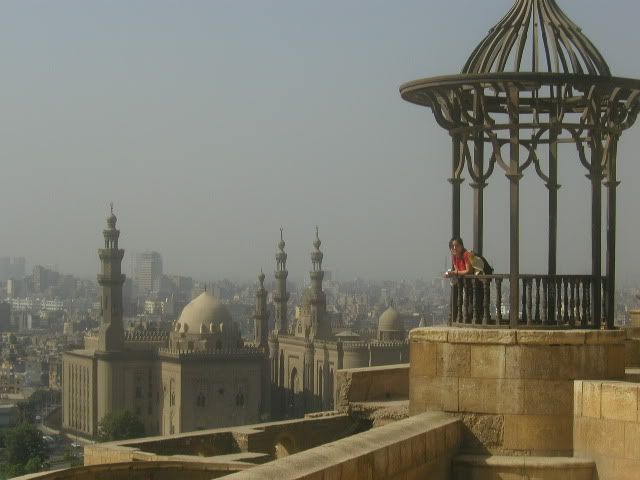
All of which adds colour and chaos to the visitor’s experience. For most people, the great Pyramids of Giza, which lie on the western edge of the city, manage to exceed expectations, and the treasures of the Egyptian Museum, which include the golden death mask of Tutankhamun, are truly unmissable, but the real star is the teeming city itself. Islamic Cairo is the name given to a historic area containing the greatest concentration of medieval Islamic monuments to be found anywhere in the world – literally hundreds are clustered into an area no bigger than a couple of square miles. These range from modest street-side marble fountains to stadium-sized mosques, equal in scale and beauty to Europe’s cathedrals. At the heart of the district is the Khan al-Khalili bazaar. This is Cairo at its most frenetic and seductive, the Cairo of Ali Baba and Aladdin, where insistent salesmen hiss and beckon from behind wares that glitter and sparkle. Haggling is de rigueur. The perfect place for a breather is Fishawy’s, a coffee house filling an alley at the heart of the bazaar that claims never to have closed in 200 years. An even better way to escape is to hire a felucca, one of the distinctive little triangular-sailed boats, and retreat on to the River Nile, which runs through the heart of the city. It is a perfect way to watch dusk descend and witness Cairo’s spiky-minareted skyline turn to silhouette against a vermilion sky.
Local history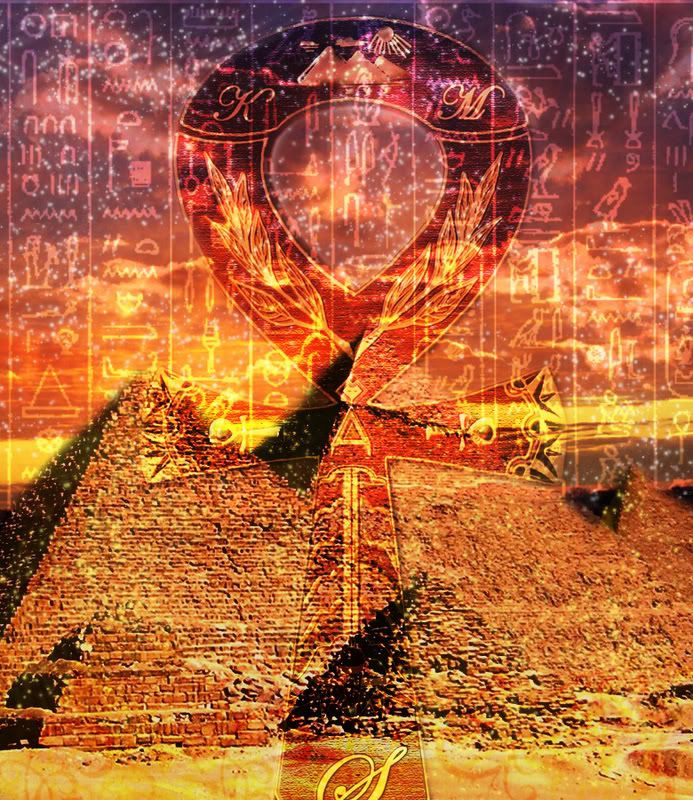
In 972 the North African Shiite Fatimid Dynasty conquered Egypt and built a capital called Al-Mansureya on what was then Babylon. Their leader, Al-Muez Ledin-Ellah, renamed it Al-Quahirah after the planet Mars which was rising on the day the city was founded. In the 16th century the city was taken by the Ottoman Empire. In the 19th century the Khedive (Ruler) of Egypt, Isma’il Pasha, visited Paris, saw the redesigned city and added a new quarter to the western section of the city, along the banks of the Nile.
Local politics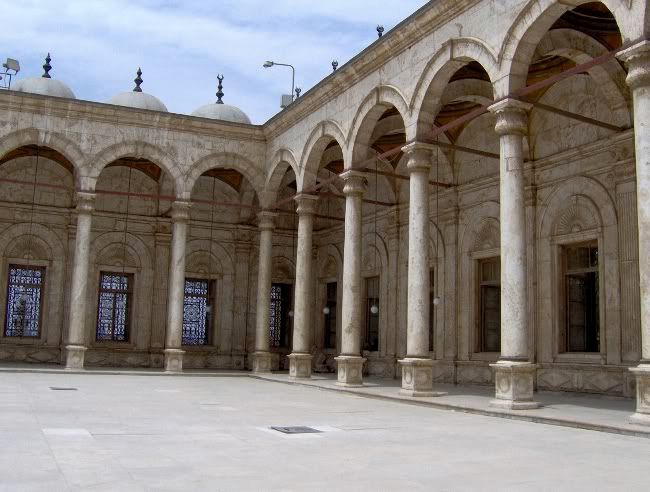
Although Egypt is a Middle Eastern country with a Middle Eastern culture, women have greater freedom here than in other countries. Most women no longer wear the veil and a higher proportion of them work in professions than in the UK.
ALL ARE WELCOME MY FRIENDS.
ANY TIME.
LOVE,PEACE .
MODY.
MOB.PHONE 0020 10 10 260 55
AND , 0020 11 61 64 338
BEST WISHES.
Replies to This Discussion
-
Mody,Wonderful!
Thank you!
love,love,love
Namaste -
© 2024 Created by David Califa. Managed by Eyal Raviv.
Powered by
![]()

